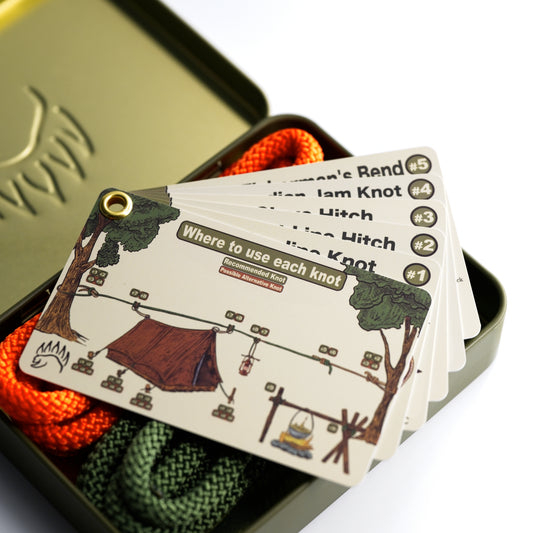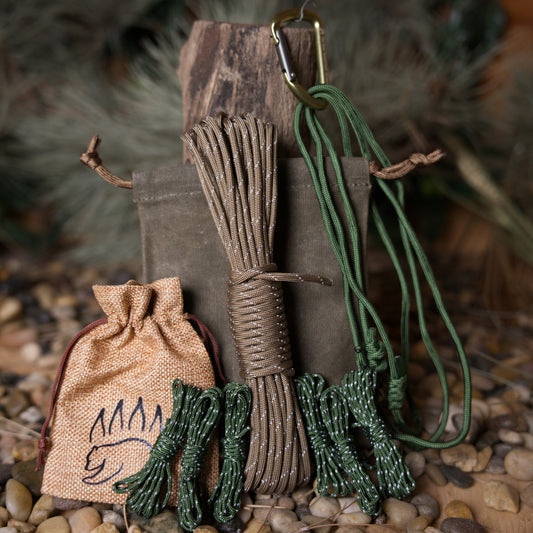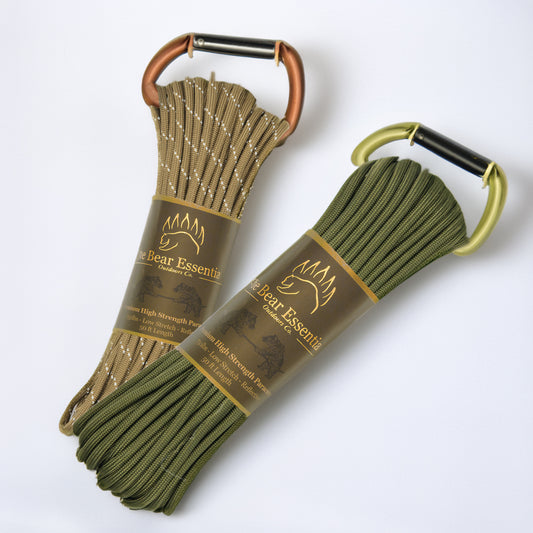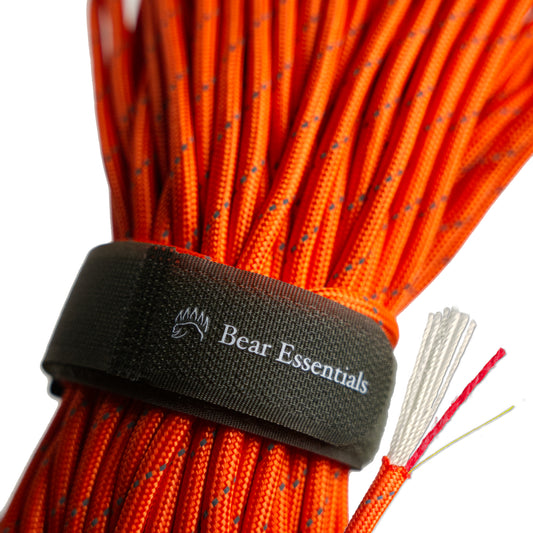How to Tie the Bight Loop
Usage
The Bight Loop is commonly used to create a quick, fixed loop in climbing for anchoring or temporary attachments. Compared to other loop knots like the Bowline, it’s faster to tie and can be made on a bight, ideal for mid-rope applications. Its simplicity is valued, but it can slip under heavy loads if not secured. This knot is a handy tool for climbers needing rapid setups. The main downside is its lower strength compared to more robust loops.
Why Learn the Bight Loop?
Its quick-tie design ensures fast loop creation. This knot is a go-to for climbers needing efficient, temporary anchors.
- Rapid setup: Ties in seconds without needing the rope end.
- Versatile use: Works mid-rope for anchors or quick attachments.
- Minimal rope use: Forms a loop with little cord, saving length.
- Easy to learn: Simple structure, ideal for beginners.
- Quick release: Unties easily when not under heavy load.
Common Uses
-
Climbing:
- Creates temporary loops for anchoring to bolts or gear.
- Forms mid-rope loops for clipping into protection points.
ABOK Number
(Ashley Book of Knots)
Other Names
Category
|
Notable Features
- Quick to Tie: Ideal for rapid setups in climbing.
- Mid-Rope Application: Does not require access to the rope end.
- Easy to Release: Unties easily when not under tension.
Variations
No true variations listed. For added security, you can add a stopper knot (e.g., Overhand) on the loop’s tail, though this may slow release.
Similar Knots
Bowline vs. Bight Loop
- Pros: Stronger and more secure for critical anchors.
- Cons: Slower to tie and requires the rope end, unlike the Bight Loop.
Alpine Butterfly Loop vs. Bight Loop
- Pros: Compared with the alpine butterfly loop, it is more stable under multi-directional loads and easier to untie.
- Cons: More complex and bulkier than the Bight Loop.
History
The Bight Loop, referenced in The Ashley Book of Knots (#1055), likely evolved from early maritime and climbing practices where quick, mid-rope loops were needed for temporary holds. Its simplicity made it a practical choice for climbers setting up anchors or attachments. Its continued use in modern climbing reflects its efficiency for rapid, non-critical loop creation.
Security Level
The Bight Loop provides reliable loop formation for light to moderate loads when tied correctly, suitable for temporary anchors or attachments in climbing. It performs best with dynamic ropes under consistent tension. For heavy or critical loads, a stronger knot like the Bowline or Alpine Butterfly is recommended to ensure safety.
Downsides
- Slipping risk: May loosen under heavy or fluctuating loads if not secured.
- Limited strength: Less robust than other loop knots for critical applications.
Structure
- Take a bight (doubled section) of the rope at the desired point.
- Twist the bight once to form a small loop.
- Pass the bight through the loop to create a larger loop.
- Pull the standing lines to tighten the knot, ensuring the loop is secure.
- Test the loop to confirm it holds under light tension.
Pro Tip: Keep the initial twist tight to prevent slipping, and use dynamic rope for best results.
FAQ
Is the Bight Loop strong enough for climbing anchors?
It’s reliable for temporary, light anchors, but use a Bowline for critical loads.
What’s the best rope for the Bight Loop?
Dynamic climbing ropes with good grip, like 9-11mm nylon, work well.
How does the Bight Loop compare to the Alpine Butterfly Loop?
The Bight Loop is quicker but less stable, while the Alpine Butterfly is stronger.
Can the Bight Loop be used outside of climbing?
Yes, it’s useful for quick loops in utility tasks, like securing gear.
Why choose the Bight Loop over a Bowline?
It’s faster and ties mid-rope, ideal for non-critical, temporary loops.
Important Notes on Safety
Common failure points include a loose knot or using it for heavy loads, which can cause slipping. Always verify the knot is tight and appropriate for the task before loading. Check the rope for wear or damage before tying. Ensure the knot is snug and under tension to prevent loosening. Practice in low-stakes settings to master quick tying and untying.







